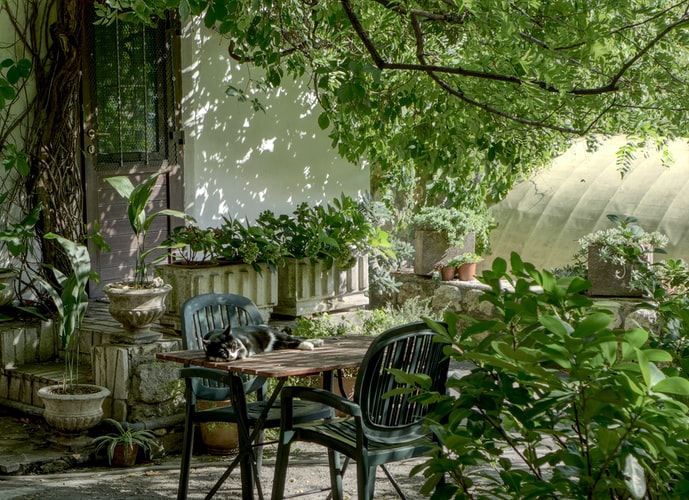Fencing, gates, and gates often make up the majority of garden design. You can enhance your garden with garden fencing that compliments your home or garden design. There is a limitless number of styles and materials to choose from when building your garden or yard fencing. A fence is the perfect way to enclose your garden so that you have a private retreat for yourself, your family, or friends. Not only does it add security to your property but also provides privacy.

Key Features Of Garden Design
Climbing fences and vines are great garden design options for gate and yard decorating, front and backyard garden decorating, and arbor-style design. Cascading vines and climbers beautifully conceal small wooden structures and sheds, beautify small arbor posts and gazebos, and provide a colourful and inviting touch to garden fencing. Greenhouse vines and flowers grow perfectly with fences, making them beautiful additions to any landscape. Wraparound fencing, with beautiful green hedges planted on both sides, makes an attractive and practical addition to any backyard or garden.
One of the biggest design considerations when designing a garden is the amount and type of shade or sunlight exposure the garden receives. You need to consider installing a sturdy shade or light blocking material anywhere you plant landscapes, flowers, or garden features. Garden design professionals recommend planting beds with plants that are best for the type of sun exposure the area will receive. Beds with greater sun exposure are typically planted closer together, whereas shorter growing plants may be planted further apart.
Garden design professionals recommend a three-month schedule of planting time. This allows you ample time to plan your garden design and research shade conditions for the garden area. Consider planting perennials and flowering shrubs at the front of the garden so they will have room to grow up as the climate grows warmer. Shrubs should be planted deeper so they receive ample sunlight and drainage. Planting plants directly above a flower bed will provide the best results in terms of sun exposure and drainage.

Arranging Parts Of Your Garden
The placement of your garden plan’s fences will depend upon a number of factors. Your home’s location will dictate where the fence must be placed to provide adequate eye protection and privacy. You will also want to place the fence in a place that allows for good drainage and the correct growth of certain garden plants. You can design fences to blend into your garden or create an eye-catching focal point for your yard.
A garden plan is only as good as the detail you choose to include within it. Consider planting perennials in the spring and summer, and designing your garden with annuals or Biennials in the winter months. If you live in an area that has mild winters, consider planting fruit trees in the spring and early summer. You can also plant vegetables such as tomatoes and squash in the summer. Finally, consider installing motion-activated sprinklers in key areas. This will ensure that your garden is well-protected from harsh weather.



